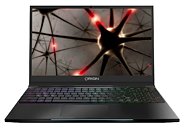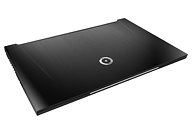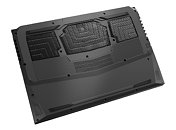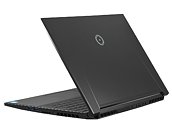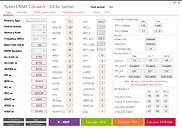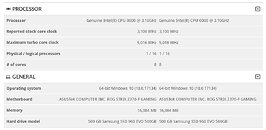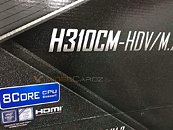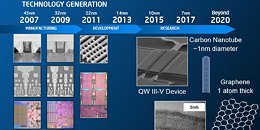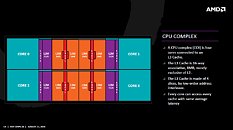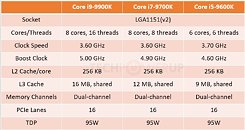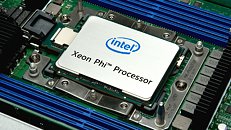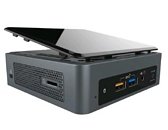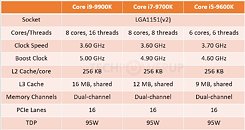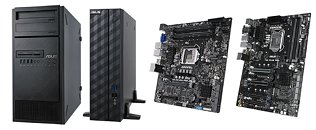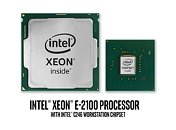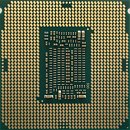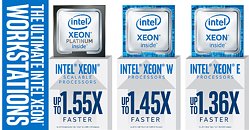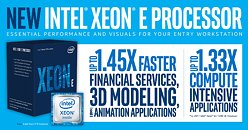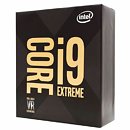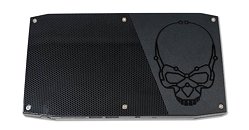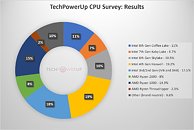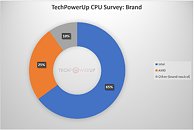Origin PC Announces Two New Thin and Light Intel Core i9 Gaming Laptops
ORIGIN PC announced today the launch of two new custom thin and light gaming laptops: the all-new EON15-S and the new EVO17-S for gamers, streamers, and content creators all over the world.
Sporting an all-new thin bezel design, the new EON15-S is less than 1 inch thin and weighs only 3.4 pounds. The EON15-S flaunts a hybrid mechanical RGB keyboard featuring individual key lighting and supports an Intel Core i9-8950HK 6-core processor making it ORIGIN PC's thinnest and lightest Intel Core i9 laptop. The EON15-S also features an all-new, intuitive battery-saving toggle that offers up to 8 hours of casual, everyday use at the touch of a button. As for graphics and VR, the EON15-S doesn't hold back with a VR Ready NVIDIA GeForce GTX 1060 (6GB GDDR5) desktop-class graphics card paving the way for smooth 1080p gameplay on the 15.6-inch FHD IPS (1920x1080) display. Other customization options for the EON15-S include up to 32GB (2x16GB) DDR4 RAM 2666MHz, up to 2 x m.2 PCIe SSDs, and ORIGIN PC's custom HD UV printing.
Sporting an all-new thin bezel design, the new EON15-S is less than 1 inch thin and weighs only 3.4 pounds. The EON15-S flaunts a hybrid mechanical RGB keyboard featuring individual key lighting and supports an Intel Core i9-8950HK 6-core processor making it ORIGIN PC's thinnest and lightest Intel Core i9 laptop. The EON15-S also features an all-new, intuitive battery-saving toggle that offers up to 8 hours of casual, everyday use at the touch of a button. As for graphics and VR, the EON15-S doesn't hold back with a VR Ready NVIDIA GeForce GTX 1060 (6GB GDDR5) desktop-class graphics card paving the way for smooth 1080p gameplay on the 15.6-inch FHD IPS (1920x1080) display. Other customization options for the EON15-S include up to 32GB (2x16GB) DDR4 RAM 2666MHz, up to 2 x m.2 PCIe SSDs, and ORIGIN PC's custom HD UV printing.

